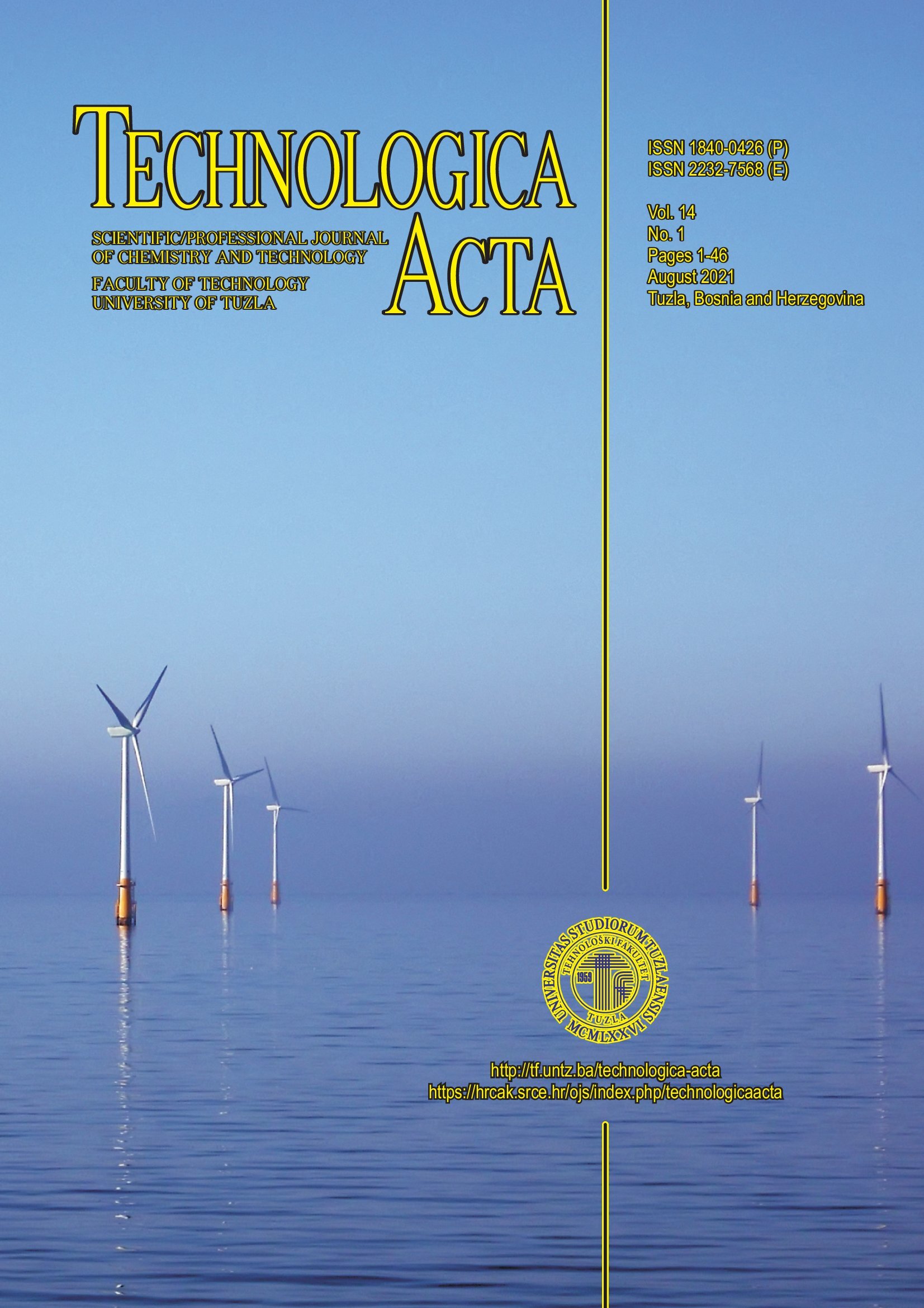Corrosion Inhibition of Pektin C on St-34 in Hydrochloric Acid
Keywords:
Corrosion, Pectin C, EIS, FTIRAbstract
Construction materials in the form of any products are subject to unintentional or harmful changes, occurrences and processes that reduce their usability. The destruction of construction materials is aimed to be slowed down or prevented by measures and procedures of a special technological discipline - material protection, which is usually called surface protection, since harmful occurrences and processes mostly begin on the surface of the product. In addition to the many protective methods that are used, corrosion inhibitors have a special place due to their specificity and widespread use. Based on the performed tests and their analysis, it was determined that the inhibition efficiency obtained by electrochemical measurements is in good correlation with the results obtained by the FTIR method. Impedance measurements of steel St 37-4 Pectin C in the tested media show corrosion resistance. Pectin C in 3.5% HCl at a concentration of 2.0 g / l increases the value of the charge transfer resistance and the increases of the size of the absolute impedance in the Bode diagram, which further confirms the improved resistance to corrosion of steel.


